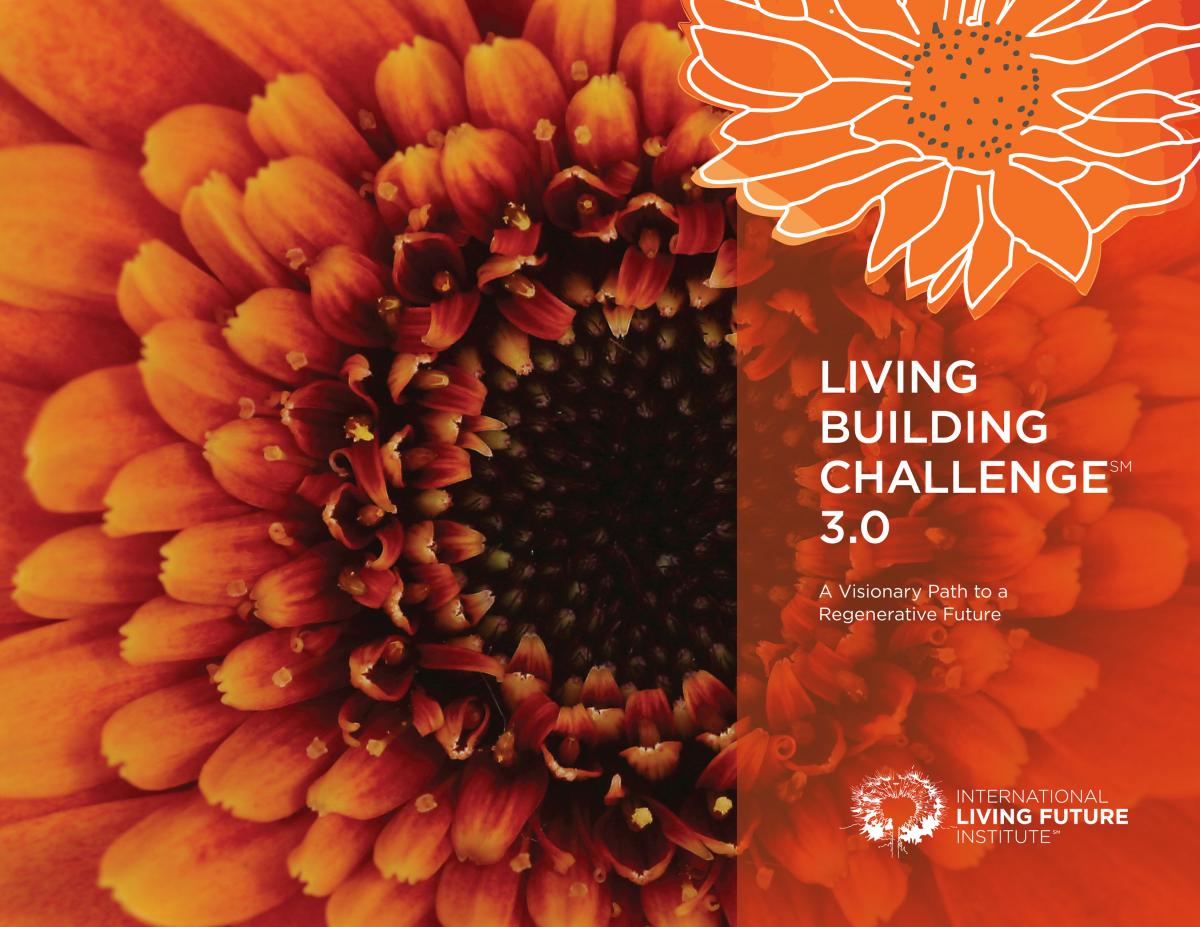The International Living Future Institute released the next iteration of the Living Building Challenge.
Widely considered the built environment’s most rigorous performance standard, Living Building Challenge, the 3.0 version represents an important step forward in the program’s evolution, with several new innovative elements as well as important refinements.
Almost 200 projects have registered around the globe since the Living Building Challenge (LBC) was first released as a certification program in 2006. The world’s first fully certified Living Buildings are now built and fully operational, proving that this extremely high level of performance is now possible.
“These changes reflect the many discussions and compelling feedback provided by Living Building Challenge project teams pursuing certification,” says Amanda Sturgeon, the International Living Future Institute’s Vice President in charge of the Living Building Challenge. “We believe the 3.0 version of the program helps advance our goal to rapidly diminish the gap between current limits and the end-game positive solutions we seek in the built environment and beyond.”
A few key changes include the following:
- The Site Petal was renamed the Place Petal, reflecting our deeply held belief in viewing each project location as a place with unique and important characteristics.
- The Neighborhood Typology has been removed from the LBC, as it has a new home in the newly launched Living Community Challenge. The LCC helps planners and developers rethink how they design their community-scale projects, providing certification at both the master planning stages as well as for fully built community or campus scale projects.
- There is a much greater emphasis on the importance of resilient infrastructure.
- There is a more explicit emphasis on the idea of the Challenge as a tool for regenerative design.
- The LBC has more clearly refined its Equity Petal, which integrates with JUST and a groundbreaking Equity offset framework.
- The LBC continues to raise the bar with materials transparency. The 3.0 version directly connects with Declare our building product ingredients label and features an expanded and updated Red List.
- Three new Living Future Exchange offset programs have been launched, making it easier for project teams to allocate funds to important causes. Our Exchange programs can be found at living-future.org/exchange
- Further refinements of market-based exceptions throughout the program, including the landmark banning of fluorescent lighting in all but a few applications.







